Late last month Forest Fire Management crews groomed a significant area of Parks Victoria managed land on the south eastern edge of Maldon township.
Grooming (that is, slashing to ground level) is common fuel reduction technique close to urban areas, in preference to reduction burns.
One of the workers conducting the exercise told Maldon Landcare that the area was ‘weeds and dead stuff’. The problem is that in fact it contained one of the most successful and biodiverse areas of land restoration in the region.
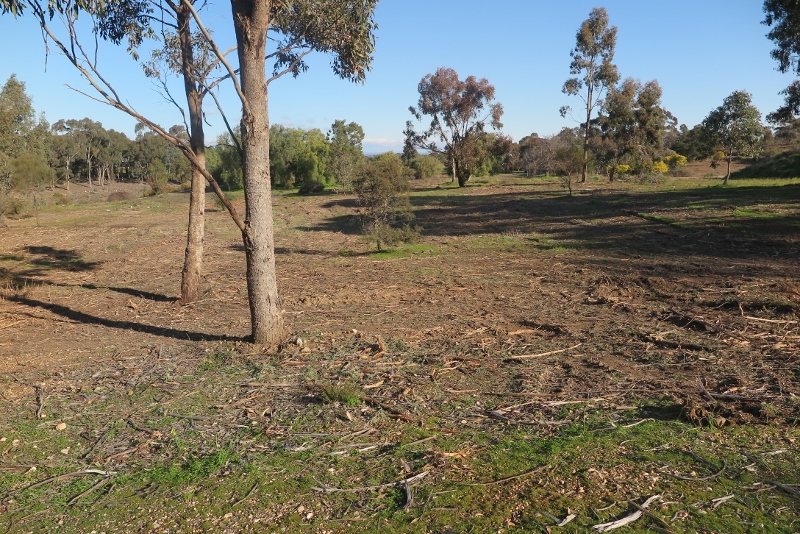
Phoenix Street revegetation plot: two trees and a couple of shrubs left to show for 16 years of restoration work.
The land in question contained a plot of 7000 square metres of impressive biodiversity, the product of 16 years of restoration work. Work in the area was started in 1990 by Maldon Land Protection Group, and extensive plantings were put into this 7000 square metre block by Maldon Urban Landcare in 2004. Maintenance work has continued since then. An account of the project can be found here.
The destruction of sixteen years work in a few days is a demoralising blow to Landcarers: not the best way to encourage volunteers to work on restoring public land. Here are a number of questions arising from this exercise:
- The land in question is not listed for action in the current Fire Operations Plan. So how does it fit into DELWP’s fire protection strategy?
- Given that the works are not listed in the Fire Operations plan, community members could not have been aware of them in advance. So why was there no effort to notify interested groups of the impending works?
- Further: does no one in DELWP check on the biodiversity value of land before starting work on it?
- And: were the workers briefed about the nature of the land they were clearing? Well, obviously not: so, why not?
FOBIF has tried contacting DELWP fire management with these questions. We’ll let you know if we get an answer.

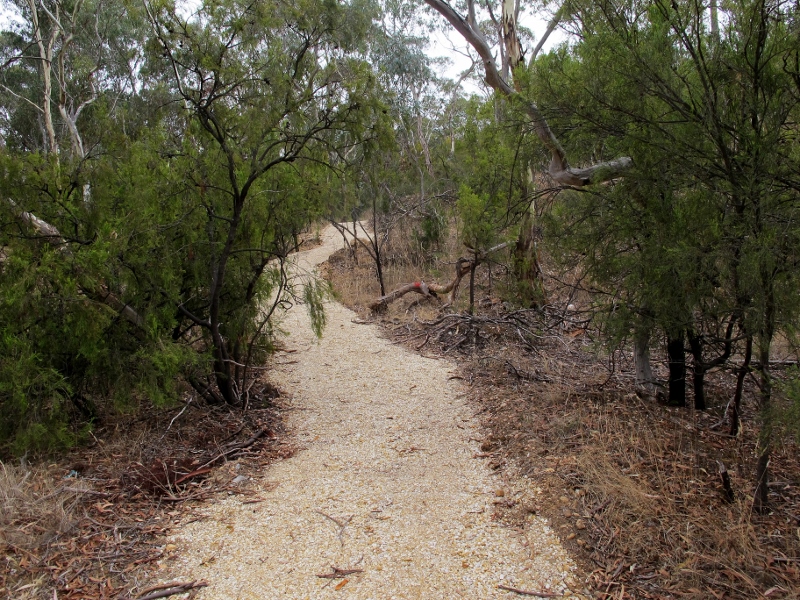
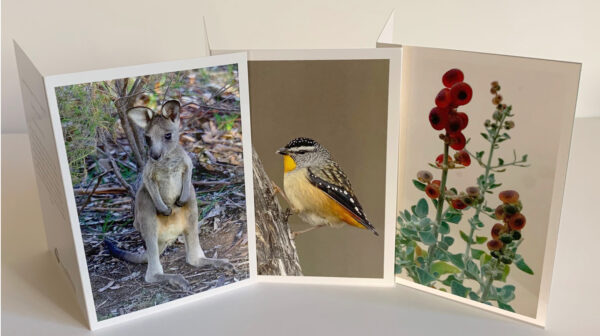
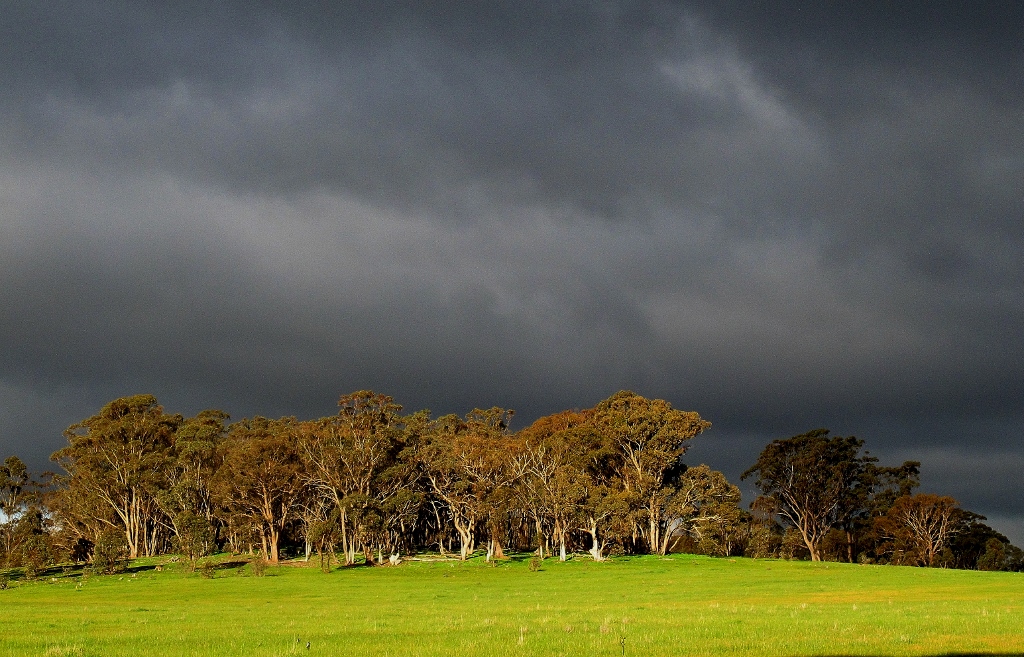
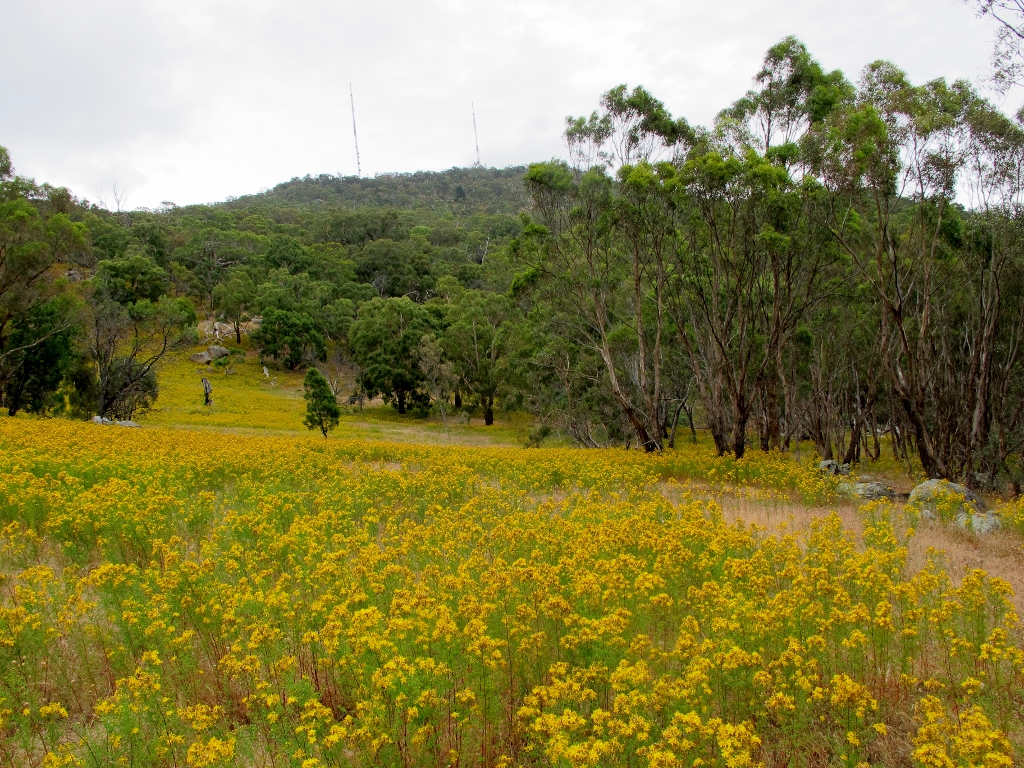
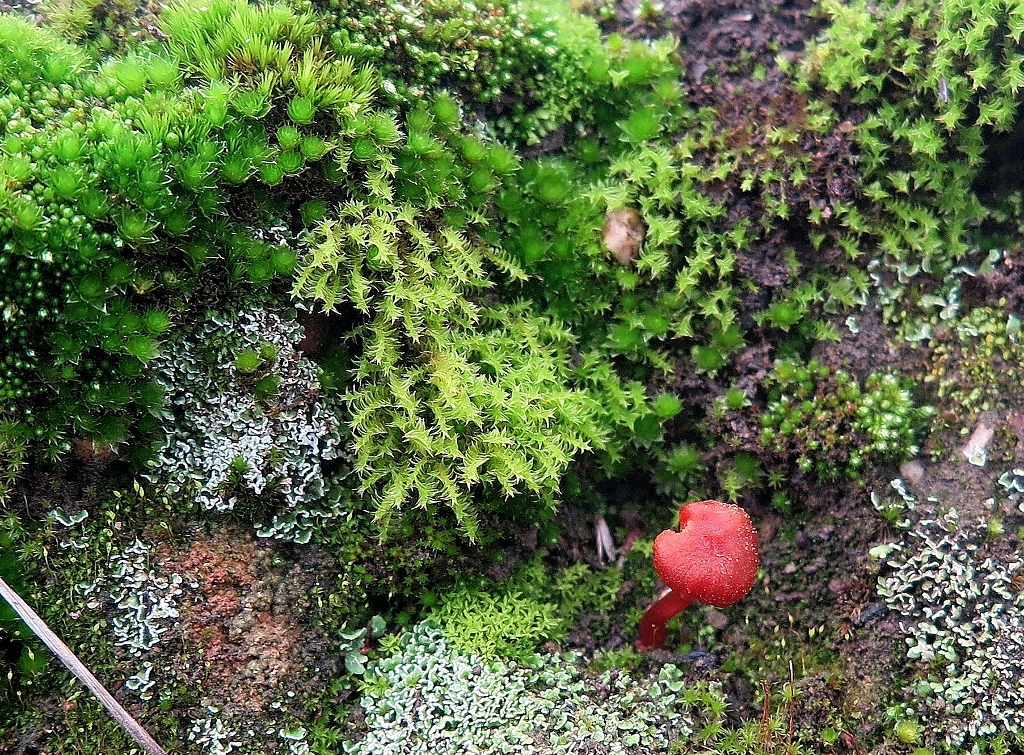
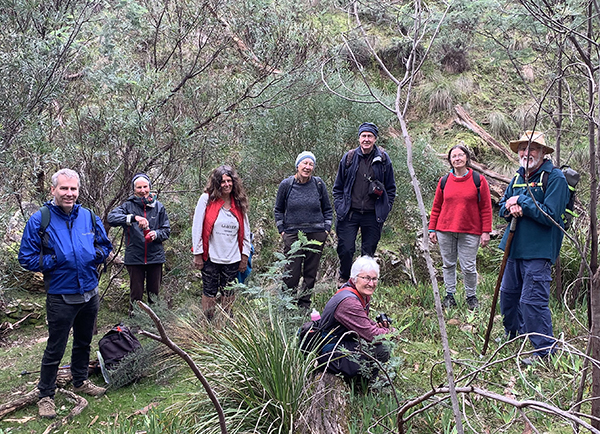
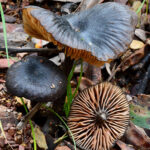
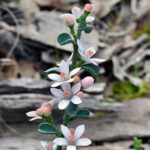
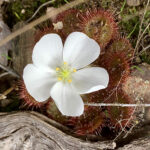
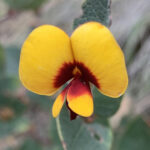
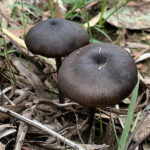
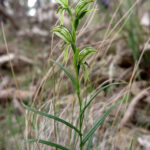
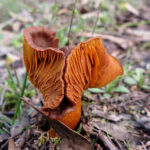
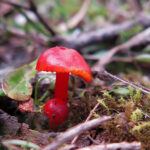
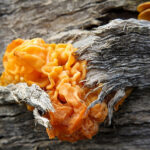



 Click on image for info/order page
Click on image for info/order page Click on image for info/order page
Click on image for info/order page Click on image for info/order page
Click on image for info/order page




















